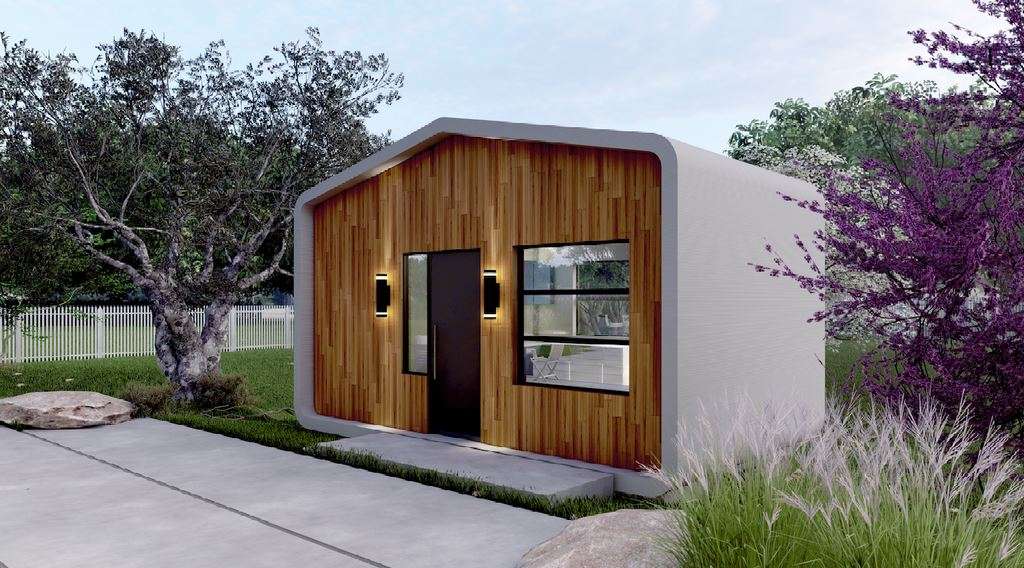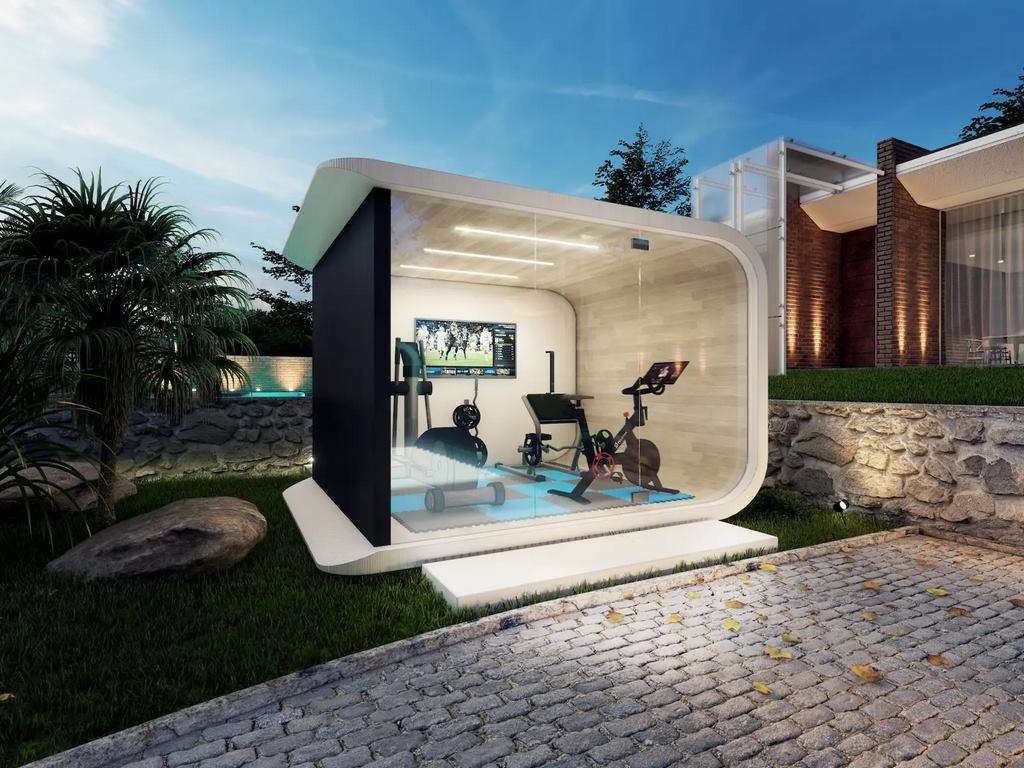Innovation in Organic Solar Cells Promise Low-Cost, Bendable, and Efficient Panels
Most OSC electrodes use indium tin oxide, which is too costly and fragile for the manufacture of flexible, large-area solar panels with OSCs.

There're 3D-printed homes, and there're prefabricated homes. Take the best of both technologies, throw in a groundbreaking use for discarded plastic, and you have a genius idea.
Born in Culver City, the startup Azure is mostly using recycled plastic water and drink bottles to create homes that are 90% complete by the time they leave the factory.
By blending the manufacturing speed of 3D-printing with the assembly speed and modular possibilities given by prefabrication, Azure's houses are a game changer for sustainability in the housing industry.
The startup says it can build homes 70% faster and 30% cheaper than "traditional home construction methods" by 3D printing the floor, roof, and walls of its models inside its factory.
Practically all that's left to be done at the build site is to connect the prefab panels to each other, and to the foundation, and connect the utilities.

In April, Azure unveiled what it called the world's first 3D-printed building with recycled plastic materials. It was a small addition, meant to be marketed as a gym or outdoor office, and priced at $25,000, while the larger "accessory dwelling unit" (ADU) or what is essentially a one-bed one-bath comes in at $40,000.
A rush of pre-orders for the ADU has left Azure's Culver City factory backed up for 3-months as it waits for the rest of the equipment it needs to begin mass producing the houses.
At the moment the company has a number of partners who provide plastic waste recycled from industry, but it hopes to shift more towards plastic waste generated by consumers.
By December Azure hopes to have 14 of their print-prefab houses arranged in a community in partnership with an LA real estate company, and by 2024 be able to manufacture bigger ADUs.
Once the concept is firmly established and revenue is stable, they also want to turn their technology towards helping to end the homelessness epidemic of California.
"3D printing is a more efficient way of building and it should only get better as we develop the processes, technology, and materials further," Co-founder Ross Maguire told Business Insider. "I can only see it becoming more and more prominent in [construction] as we move forward."
PRINT This Story On Social Media And Let Your Friends Know…
Be the first to comment